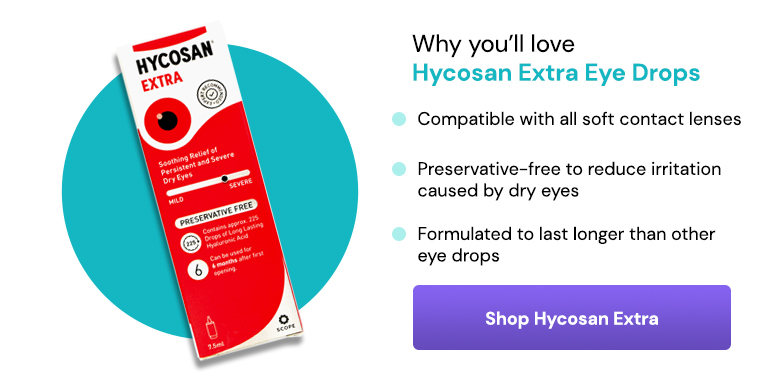Everything you need to know about conjunctivitis
Woke up to gooey eyelids this morning? It could be conjunctivitis.
What on Earth is that, you ask? It’s a common eye condition that involves inflammation of the conjunctiva, which is a thin membrane that lightly covers the whites of your eyes and the inside of your eyelids.
Due to its pink appearance, it is also known as ‘pink eye’, which you may be more familiar with.
What causes it?

Photo by Kunj Parekh on Unsplash
The condition is usually caused by an allergy such as dust or bacterial infection. The three most common types of conjunctivitis are bacterial, allergic and viral.
Bacterial
This form usually affects both your peepers and you’re likely to experience redness, sticky eyelids and a gritty, irritable feeling. It’s highly contagious and can spread easily, so it’s best to practice good hygiene, avoid contact with others and try not to share any hand towels.
Allergic

Triggered by allergens such as pollen, dust or pets, this kind can be seasonal but for some, it may occur all year round. It’s usually more common in people who already suffer from allergic conditions like asthma or hay fever. You’ll probably have red eyes and some itching.
Unlike bacterial or viral, this type is not contagious and so it cannot be passed from one person to another.
Viral
As the name suggests, this type is caused by different viruses. Adenovirus, which is usually responsible for your regular cold, is the most common virus triggering viral conjunctivitis.
Just like bacterial conjunctivitis, it is extremely contagious. It can be spread through sneezing, coughing and contact with others.
This form is a sneaky one, however, as it can present itself with or without flu-like symptoms (a sore throat or fever, for example) and in some cases, it can cause your cornea to become infected.
If you’re experiencing viral conjunctivitis, then you’ll likely notice redness, excessively watery eyes, light sensitivity and discomfort. Your eyelids may be slightly swollen and if the infection has reached your cornea, you might be noticing blurred vision.

Symptoms
Symptoms of conjunctivitis can include:
- Red or Pink eyes
- Swelling of eyelids or the conjunctiva
- Teary eyes
- Burning, itching, and/or irritation
- Discharge
- Crusting of eyelids or lashes
Other symptoms may occur depending on the type of conjunctivitis.
Viral conjunctivitis
- May experience cold and flu symptoms
- Usually starts in one eye and spreads to the other
- Discharge is usually watery
Bacterial conjunctivitis
- Thicker discharge, which can cause your eyelids to stick together.
- Sometimes occurs with an ear infection.
Allergic conjunctivitis
- Usually occurs in both eyes.
- Intense itching, tearing, and swelling in the eyes can occur.
- May occur with other symptoms of allergies.
Can it be treated?
Bacterial conjunctivitis usually clears within a week, without any form of treatment. In some cases, you may require antibiotics (but not for the viral form). Viruses don’t respond well to treatment, and in most cases, they generally resolve untreated.
You can relieve symptoms by using eye drops and ointments. Drops with antihistamines may also help with allergic conjunctivitis but your best bet is to probably remove yourself from the problem-causing allergen.
Risk factors
You’re more likely to be at risk of infective (bacterial/viral) conjunctivitis if:
- You’ve recently had a cold
- You’re suffering from blepharitis
- You have a weak immune system
- You’ve been in close contact with someone with the condition
Top tips

Photo by Tadeusz Lakota on Unsplash
Two common forms of conjunctivitis are highly contagious, so it’s important to wash and dry your hands thoroughly. It’s also best to not share towels or pillows with anyone experiencing the infection. Try not to rub or touch your eyes whilst the infection is present, and if you do, be sure to wipe down any surfaces you touch.
It goes without saying but it’s probably best to avoid contact lens wear and take a visit to your optician. They’ll be able to identify the type of conjunctivitis that you have and offer the best treatment advice.



